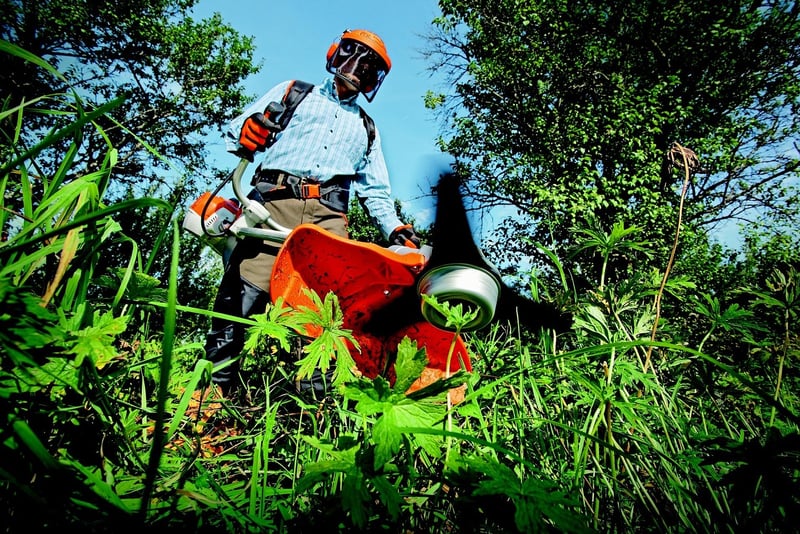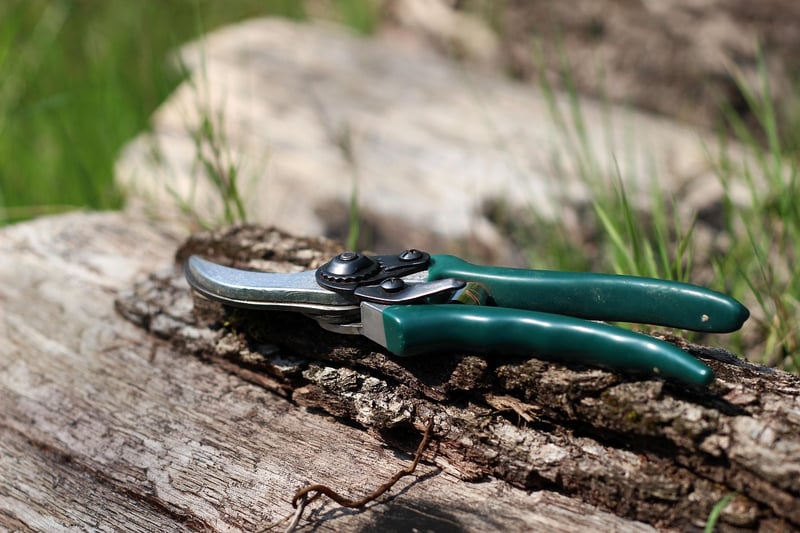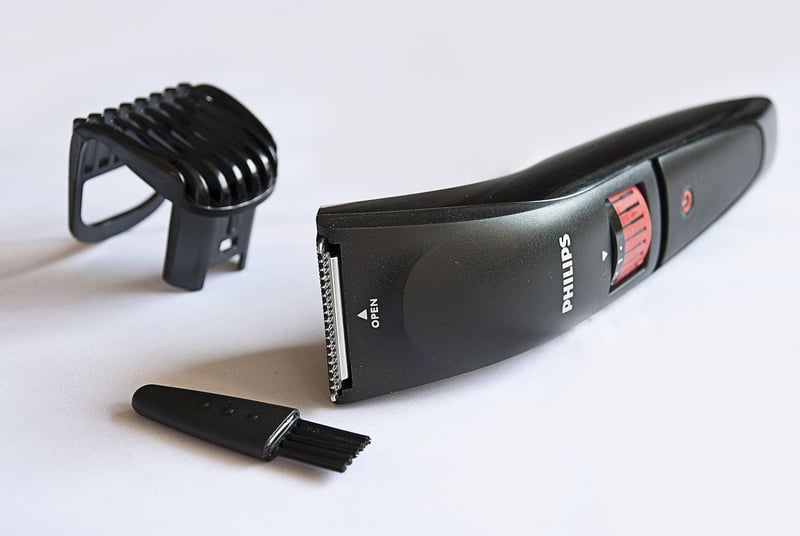Pruning Techniques
Maintaining Healthy Plants: Essential Pruning Techniques
Having healthy plants is essential for any garden enthusiast. Proper pruning techniques play a crucial role in ensuring your plants thrive and flourish. Let's dive into some key pruning practices to help you maintain healthy and vibrant greenery in your garden.
Why Pruning is Important
Pruning is not just about cutting off random branches; it's a strategic process that benefits the overall health and appearance of your plants. Here are some reasons why pruning is important:
- Promotes plant growth and development
- Enhances air circulation and sunlight exposure
- Prevents disease by removing diseased or dead branches
- Shapes plants for aesthetic appeal
Key Pruning Techniques
1. Deadheading
Deadheading involves removing spent flowers from plants. This technique promotes continuous blooming and redirects the plant's energy into producing new growth.
2. Thinning
Thinning is the process of selectively removing branches to improve air circulation and reduce density within the plant. This technique helps prevent disease and encourages healthy growth.
3. Heading Back
Heading back entails cutting back the tips of branches to promote branching and denser growth. It is often used to shape plants and encourage bushier growth.
4. Rejuvenation Pruning
Rejuvenation pruning involves cutting back older, overgrown plants to stimulate new growth. This technique is useful for reviving neglected or aging plants.
Tools for Pruning
Having the right tools is essential for successful pruning. Some common tools include:
- Pruning Shears
- Loppers
- Pruning Saw
- Hedge Trimmers
Remember to keep your tools clean and sharp for efficient and precise cuts.
Conclusion
Pruning is a fundamental practice for maintaining healthy plants and promoting optimal growth. By incorporating the right pruning techniques and tools, you can ensure that your garden remains vibrant and flourishing throughout the seasons.
Happy pruning!




